- Our Solutions
- Our Brands
- Anthem
- Aspire Audio
- Audioengine
- Audioquest
- Audio Research
- Aurender Media
- Atacama
- Bang & Olufsen
- Barco Projectors
- Ben Burton
- Berkeley
- Bluesound
- Bowers & Wilkins
- Chord Electronics
- Cocktail Audio
- C SEED Unfolding TV
- Denon
- Dutch & Dutch
- Finite Elemente
- Flux-HiFi
- Garrott Brothers
- Hana
- Holbo
- Inakustik
- IsoAcoustics
- IsoTek
- JBL Synthesis
- JL Audio
- Kirmuss LP
- Leica Projectors
- LG OLED TV
- Linn
- Mad VR
- Magnum Dynalab
- Marantz
- McIntosh Audio
- Meze Audio
- Mobile Fidelity Vinyl
- Musical Fidelity
- NAD
- Naim
- Ortofon
- Panasonic Players
- PrimaLuna
- Pro-Ject
- PS Audio
- QED Cables
- Rega
- Richter
- Row One Seats
- Ruark Audio
- Sangean
- Sennheiser
- Serhan Swift
- Sonance
- Sonos
- Sonus Faber
- Sony Projectors
- Speakercraft Speakers
- Spin-Clean
- Stax Earspeakers
- Technics
- Thor Power Tech
- Tivoli Audio
- Triangle
- Vividstorm Screens
- Yamaha
- WiiM
- Second-Hand Gems
- Explore Multimedia Solutions
- Seasonal Deals
- Complete Media Installations
Stellar M700 mono-block power amplifiers (pair)
Stellar M700 mono-block power amplifiers (pair)
$6,295
Warmth. Grace. Rich detail.
Enjoy an unheard of level of control and command from your loudspeakers with this 700 watt pairing…
Local pickup or $11 flat rate shipping within Australia
The problems faced when crafting a new power amplifier are many—delivering sufficient power, control, frequency extension, and dynamics while maintaining a perfectly layered soundstage under the most complex musical passages.
All amplifiers sound different. What determines sound quality are the components and topologies of the amp’s input voltage stage and output current stage. Each section should complement the other. Between them, the amp develops its sound.
Stellar’s design imperatives—affordable pricing, uncompromised sonics—were major challenges solved by the invention of a unique new circuit christened the Analog Cell.
Stellar engineer Darren Myers had planned from the outset to take advantage of Class D’s high current, low distortion, ruler flat linearity for the output stage—knowing full well it is the input stage that determines sonic character. This critical interface between preamplifier and power amplifier is where Stellar’s magic would be unveiled; where Myers could lavish upon the music the sweet, tube-like quality of Class A biased MOSFETs. His challenge was to synergistically marry both input and output topologies, for which he invented Stellar’s Analog Cell.
The Analog Cell is the heart of the M700’s musicality, where richly overlayed layers of music’s inner details are preserved even in the most complex orchestral crescendos. The Analog Cell is a proprietary, fully differential, zero feedback, discrete, Class A MOSFET circuit, hand-tuned to capture the smallest micro dynamics without sacrificing the loudest macro dynamics music has to offer.
Key Features of the M700
> Mono power amplifier pair
> Zero-loss Analog Cell input stage
> Powerful MOSFET balanced output stage
> RCA Single ended input
> XLR “true” balanced input
> 350 watts into 8 ohms
> 700 watts rms into 4 ohms
> 2 ohms stable
> Less than 0.1% thd 20Hz to 20kHz at rated power
> Damping factor 200 for excellent loudspeaker control
> Front panel standby button
> Effieicient operation with very little heat
> Dual, solid copper, plated, output binding posts
> Input 12 volt trigger
More Detail
The Stellar M700 mono amplifiers are a massively powerful engine capable of effortlessly driving demanding loudspeaker loads to concert levels. Stellar’s best. A pair of these placed on any loudspeaker brings forth the lush, rich and soul-satisfying power of two completely independent power blocks with headroom to spare. One listen to a hugely loud and complex musical passage effortlessly rendered by the M700 pair and you’ll know you made the right choice.
Rated at 350 Watts into 8Ω and 700 Watts into 4Ω, the M700 combines the best of two worlds: ultra linear, high-current, Class D technology for the output stage; a discrete, Class A MOSFET based Analog Cell for the all-important input stage. The M700’s rich, warm, and engaging sonic character comes from the Analog Cell. Its powerful, authoritative control over the loudspeaker stems from its high current, ultra-low impedance Class D output stage.
Stellar’s design imperative was to produce a truly musical sounding power amplifier that proudly competed with any amplifier under $5,000. Its designer, PS Audio engineer Darren Myers, took the challenge and set to work on a new concept—a hybrid that would combine the best of today’s technology with time-honored techniques leveraging PS Audio’s forty plus years of experience.
The results are extraordinarily musical. Even from the earliest prototype we knew the Stellar power amplifier series was going to be something special. Stellar amplifiers never draw attention to themselves, a rare quality in amplifiers of any price. After hundreds of hours of tuning, voicing, and perfectionist tweaking, we were confident the ends justified the means.
Audition the Stellar M700 pair and you’ll appreciate Myer’s dedication to musical truth without compromise.
The Analog Cell
The power amplifier is technology always present in stereo systems. Yet, despite the fact everyone uses them, few appreciate the power amp’s critical role in preserving music’s nuanced details, because most amplifiers fail to preserve them. Overtones from plucked instruments, subtle cues defining placement, depth, soundstage width, and transient decays are often lost in the power amplifier.
The M700 loses nothing. Stellar’s lead designer, engineer Darren Myer, was obsessed with its detail and voicing—lavishing great attention on even the tiniest nuances in the music. This helped Stellar capture the rich full-bodied essence of recorded music and presents it to your loudspeakers with authority and grace—with never a hint of glare or unnaturalness. The M700 is faithful to the music like few amplifiers are.
The Analog Cell makes all the difference
The connection between preamplifier and power amplifier is critical, for it is at this junction where most essential musical details are easily lost. Nothing in the design of a power amplifier is more important than its input stage when preserving music’s finest nuances. In the M700 a unique topology called the Analog Cell has been employed to preserve the rich details found in music.
The Analog Cell is a zero feedback, balanced, Class A, MOSFET input stage. The design closely mirrors the sonic characteristics of a vacuum tube and allows Myer the freedom to voice the amplifier as he sees fit. Long hours of listening and tuning sessions in Music Room One, shared by PS Audio founder Paul McGowan and Darren Myer, resulted in a sonic signature that honors the music and never draws attention to itself.
The listening experience with the M700 starts feet tapping and smiles breaking out. The M700 presents music without a hint of glare. Listeners are constantly surprised at the width and depth of the M700’s soundstage; its preservation of the smallest details in reverb, room acoustics, musical overtones; its commanding presence without intrusion; it’s delicate handling of subtle shadings; its authority as it grabs hold of the loudspeaker and breezes through even the most complex musical passages.
The output stage
The hybrid approach used in Stellar’s power amplifiers takes advantage of the best traits technology has to offer. Its all important input stage relies upon the Analog Cell to provide a zero-loss interface between the preamplifier or DAC, as well as imprint the amp’s sonic character. It is then time to convert the perfected analog voltage into the all important high current output needed to drive loudspeakers.
A power amplifier connects a reservoir of energy to the loudspeaker through a type of valve (solid state or vacuum tube) controlled by the input stage. If the input stage has done a good job of preserving music’s subtle details, textures, timing and phase information, transferring it without loss to the loudspeaker can be accomplished in a few ways: the most efficient is Class D.
The history of Class D amplifiers stretches back to the 1950s, though those early designs—even those into the late 1990s—had much to be desired, sonically. Modern designs capable of high linearity and neutral sound quality weren’t available until the early 2000s, and into late 2015.
There is a lot of misinformation surrounding class D amplifiers. Perhaps the most common is they are digital, which is incorrect. A Class D amplification stage is an analog process, known as Pulse Width Modulation (PWM). Class D amplifiers do switch in on/off fashion, which is likely the reason they wrongly acquired the “digital” moniker.
The Stellar M700 has a massive power supply and ultra-linear high Wattage power amplification stage, based on a modern Class D ICE module, designed in Denmark.
All power amplification stages have strengths and weakness. Class D output stages are no different. Their strengths are many: near-perfect linearity, low distortion, high efficiency. Areas where they do not excel, are most notable in high-frequency extremes. Because Class D amplifiers require an output filter to remove their switching noise, they do not have frequency extremes into the many hundreds of thousands of Hertz. Depending on their design modern Class D amplifiers, like the type used in Stellar, extend high frequencies to about 50kHz. Human hearing limitations are 20kHz, though most listeners rarely have hearing exceeding half that.
The Stellar M700 provides excellent frequency extremes, low distortion, high efficiency, high damping factor, and a generous and powerful output of 700 Watts into the most common loudspeaker loads of 4 ohms. Plenty of horsepower for even the most demanding loudspeakers.
Is 700 Watts too much for my loudspeakers?
No. One of the common audio myths is too much power for speakers. The truth is, underpowering a loudspeaker is potentially more damaging than over powering it. Square waves (clipping) causes more tweeter and driver damage to speakers than anything else. The massively powerful nature of the M700 works well with any loudspeaker, providing huge amounts of headroom and effortless sound quality for even the most demanding orchestral crescendos.
Construction of a titan
Work on the Stellar series began in 2015 with the goal of building a line of world-class, exceptional sounding, full-size chassis products at our Boulder facilities. PS Audio sought to create an affordable gateway into the world of their products. They wanted to build a line of equipment that they would be proud to place the PS Audio name upon, and customers would be equally proud displaying in their homes, at prices anyone can afford.
PS Audio standards have always been high. Over forty plus years of business, they have never sacrificed quality, performance, or customer service when launching a new product. If they can’t proudly take a new product home and enjoy its musical delights, then it’s never going to see the light of day as a PS musical instrument. Nothing is more important to PS Audio than honoring the music and those that use their products.
The first major challenge in Stellar’s creation was how to build a beautiful, full-sized chassis, and still have budget enough for the level of audio quality they had envisioned. Once solved with the tireless help of PS Engineering and a cartel of local vendors eager to keep business local, the next hurdle was the biggest of all—crafting musical circuits that matched the lofty vision of sonic bliss. Nearly two years in the works, they vision of a locally built gateway line of musically gorgeous audio products took shape.
The Stellar line became reality and one we hope will enjoy a lifetime legacy in the PS Audio family. Each Stellar product is hand-built in they Colorado facility. PS Audio take great pride in what is built, how it sounds, and how the end user is treated.
Specifications
Unit Weight 5.5kgs
Unit Dimensions 430mm x 76mm x 300mm Chassis only.
Color Options Black or Silver
Voltage Options
Europe/Asia/Australia/New Zealand 230V
Mains Power Inputs IEC C14
Audio Inputs
RCA (Unbalanced) & XLR (Balanced)
Speaker Outputs S300 Copper base nickel plated binding posts (2 pair per channel)
Speaker Outputs M700 Copper base nickel plated binding posts (2 pair)
Other DC Trigger Input
3.5mm 5-15VDC
Warranty
3 years parts and labor
Signal
Gain 30.5dB +/-0.5dB
Sensitivity for rated output power 1.01V
Noise 1kHz@300 Watts <-100dB
Input impedance S300 Unbalanced 50K
Balanced 100K
Input impedance M700 Unbalanced 50K
Balanced 100K
Output Impedance 50Hz, 2.8VRMS <0.007
Damping factor 50Hz. 2.8VRMS
8 >1100
4 >550
Frequency Response @2.8VRMS
10Hz – 20KHz +/- 0.5dB
10Hz – 50KHz +0.1/-3.0dB
THD&IM
1KHz, 1W/4 <0.02%
10-20KHz, 1W/4 <0.02%
10-50KHz, 1W/4 < 0.05% (90kHz BW)
1KHz, 37.5W/4 < 0.01%
Output Power
120vac mains, 1kHz, 1% THD
8 ohms 350W minimum
4 ohms 700W minimum
2 Stable for musical transients
| Output power | |
|---|---|
| Frequency response | |
| Gain | |
| Dimensions | |
| Weight | |
| Brand |
Only logged in customers who have purchased this product may leave a review.

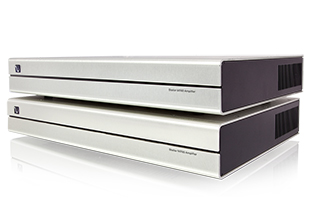
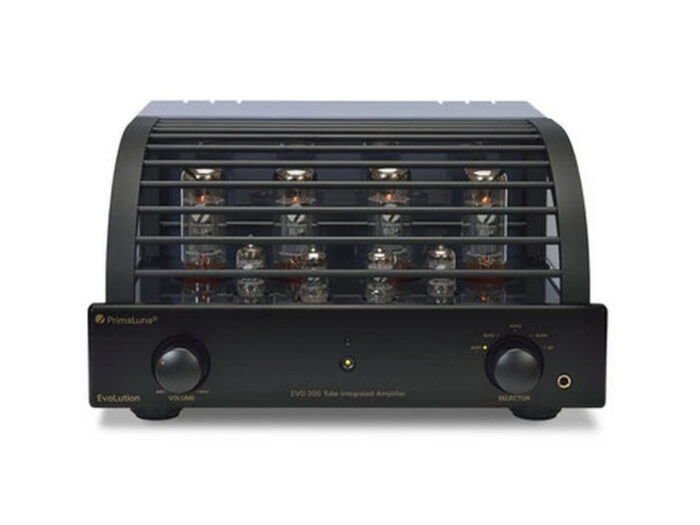
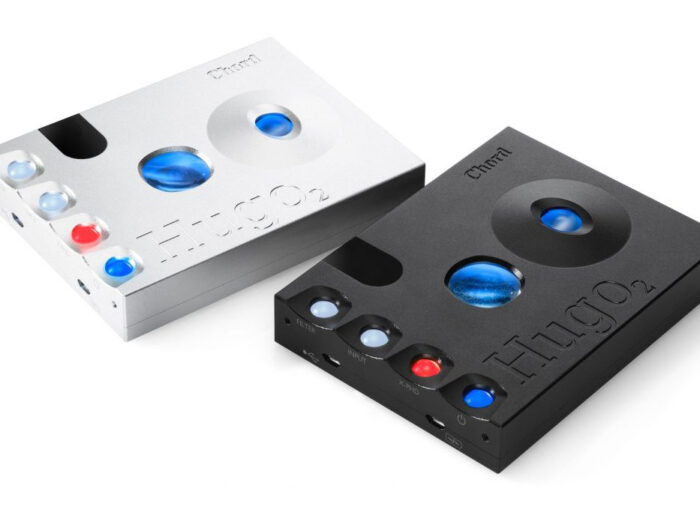
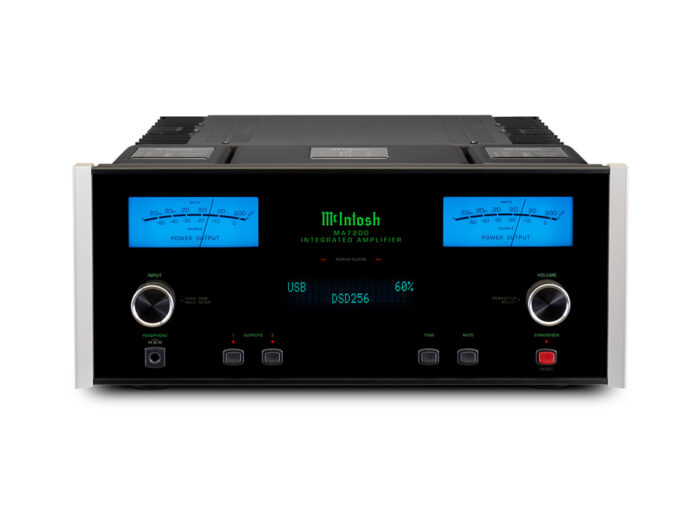
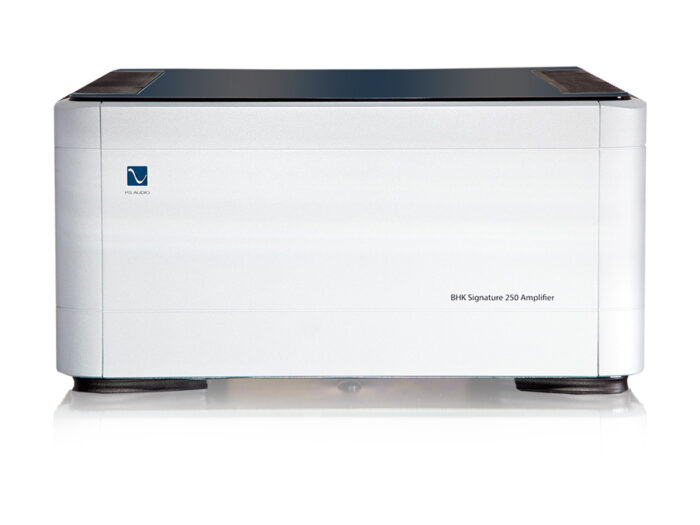
There are no reviews yet.